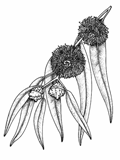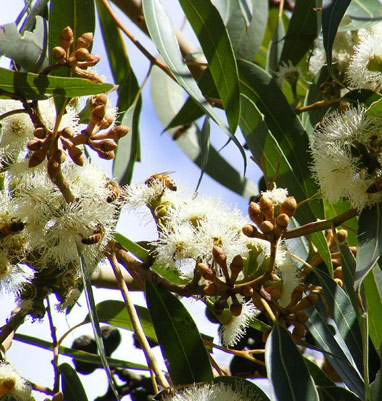
Eucalyptus
Eucalyptus sp.
Produced at the start of July in central and southern Italy where eucalyptus has been planted to protect from wind or for reforestation.
Colour medium amber, when crystallised it tends to grey
Crystallisation often very compact
Aroma intensive; of dry mushrooms
Taste strong taste, similar to the scent, but more enjoyable; reminds of milk candies
Use in combination with yoghurt or sour cheese like Greek Feta cheese
Natural characteristics of the plant eucalyptus has antiseptic, disinfectant, mucolytic, antipyretic and haemostatic characteristics; it is a dietetics and it is hypoglycaemic (it reduces the sugar level in the blood)
Available amounts 40g - 250g - 400g - 1000g
|
 |



